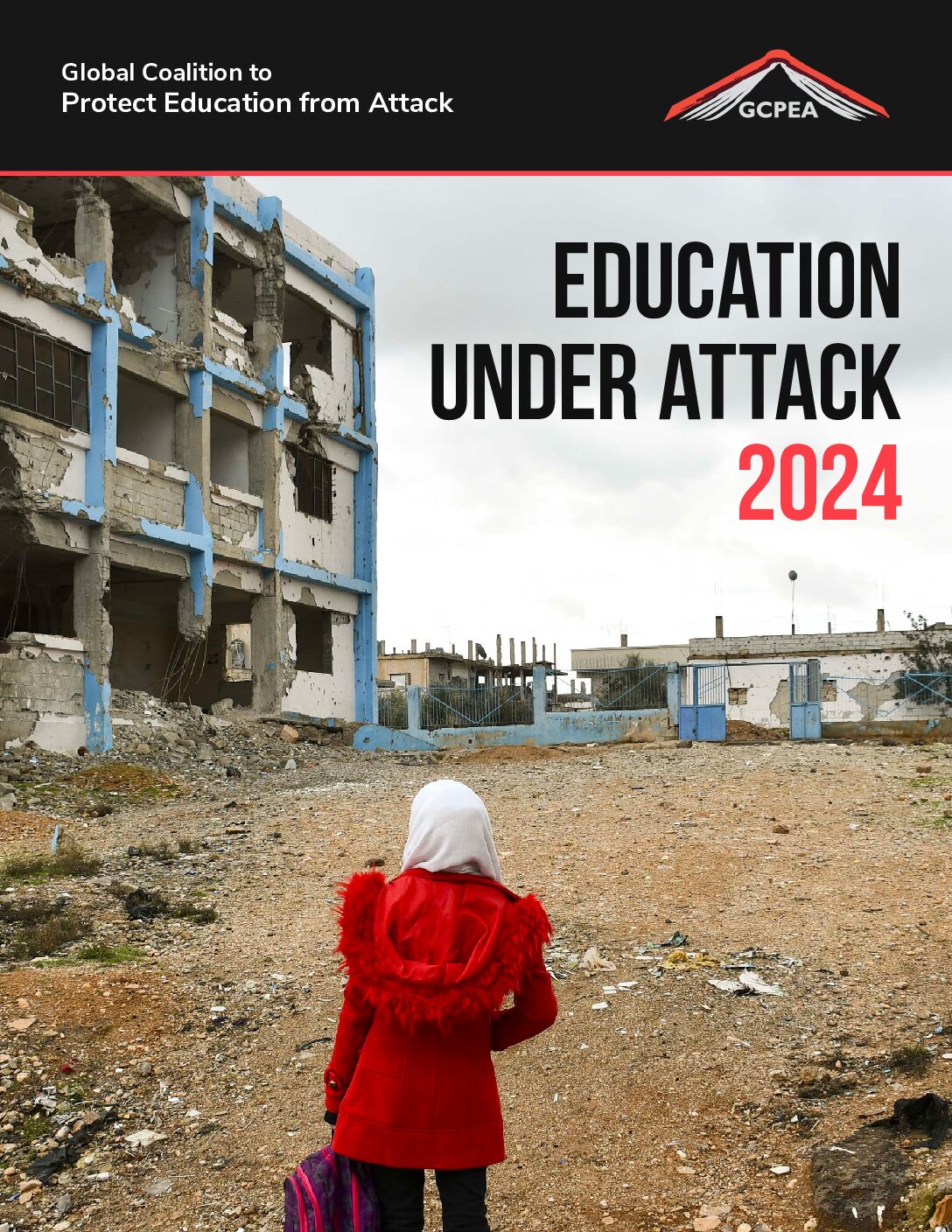GCPEA News
Countries learn from Nepal’s ‘Schools as Zones of Peace’ programme
Relief Web, May 16, 2012
By Rupa Joshi
KATHMANDU, Nepal, 16 May 2012 – Participants from five countries and various ministries and international NGOs gathered in Nepal last week to learn about the ‘Schools as Zones of Peace’ (SZOP) programme.
The countries were either recovering from conflict or were currently enduring conflicts, intra-border, intra-ethnic or otherwise. Though the participants represented diverse cultures, races and languages, they found in the seminar that they were bound by the commonality of their experiences.
Each of the countries – Côte d’Ivoire, India, Liberia, Nepal and South Sudan – has hundreds of thousands of children out of school because of conflict, including some children have never been to a school at all. The intensity of violence varied from country to country, but its impact on the lives of the children, their survival, growth and learning, seemed universal.
Keeping schools open
Over 40 participants gathered in Kathmandu to learn from Nepal’s successful experience with SZOP in a three-day seminar organized by the governments of Nepal and Norway, Save the Children, and UNICEF.
“Nepal has taken many strides in trying to ensure that children and schools remain as zones of peace, and we are very glad and proud that through this south-south sharing we are able to showcase our experiences,” said Kishor Thapa, Nepal’s Secretary of Education.
The closures and strikes currently affecting Nepal offered participants an opportunity to witness first-hand the implementation of the SZOP Code of Conduct. A two-day strike by one political party was set to start the day after participants’ visited schools in Sindhupalchowk District.
“The child club members and the school management committee had been explaining to us about how the Code of Conduct had been implemented in their school,” said Shaheen Nilofer, Chief of UNICEF’s Chhattisgarh office in India. “We asked them whether the school would bow down to pressure from the political party to close the school. Then this young child chirped, ‘No question about it! Why don’t you drop by tomorrow to check whether we will be in school or not?’ We were all very impressed with their confidence and ownership.”
It was the community’s ownership of the campaign to keep any kind of conflict out of the school premises that impressed most of the participants.
“Community ownership is a big lesson that I am taking back with me to Liberia,” said Liberian Minister of Education Etmonia Tarpeh. “We came; we saw; we learned. We learned how we can make a difference. Now we will ensure that our plan of action will incorporate mechanisms to take peace initiatives beyond the school into the community just like Nepal has done.”
Bringing children back to the classroom
Participants also shared the projects they had undertaken to return students to school and restore normalcy in the lives of conflict-affected children. These ranged from the art-based therapy used in schools in conflict-affected areas of Chhattisgarh, India, to training child-friendly teachers in Liberia, to attracting students by building drinking water taps in schools in South Sudan.
The delegates also heard from representatives of Nepali media about their dual role in a country in transition. Aside from working as mainstream journalists, the media representatives also functioned as watchdogs ensuring the rights of citizens are protected.
“We have learned how important an ally the media can be to keep schools safe,” said Shadrack Chol Stephen from the Ministry of Education in South Sudan. “Back in our country, we will work out a mechanism such that the media not only help us while we roll out our own SZOP plan, but also watch out for possible triggers and thus reduce the risk of our schools being attacked.”
Education is key to peace
According to UNESCO, there are currently 67 million children out of school throughout the world, and over 40 per cent of them are in conflict-affected countries.
“When natural disasters hit countries already ravaged by conflict, the vulnerability of children is exacerbated,” said Brenda Haiplik, UNICEF Chief of Education in New York. “We have been stressing global replication and adaptation of SZOP because education is key to peace. But just improving the access and quality of education is not enough. Education has to be able to transform the lives of the children.”
The participants agreed that the key to this transformation comes also from being able to take peace beyond the classroom to the family and community.
“It is only when there is a peaceful atmosphere at home that classrooms can be peaceful too,” said Pongathie Abraham, Regional Director of the Ministry of Education from Côte d’Ivoire. “Children can bring the turmoil in their family and community to a classroom. That’s why it’s so important to have this wide network involving the community in the SZOP campaign.”
“It is because of this initiative – implemented through joint collaboration of Government, UN agencies, civil society and committed implementing partners at the central and local levels – that more than 1 million Nepali children in more than 4,000 schools directly benefited from schools being kept open more days as a result of fewer strikes and closures,” said UNICEF Representative in Nepal Hanaa Singer. “And as much as you can learn from us, we can learn from your experiences in promoting a culture of peace in a post-conflict context like ours.”



